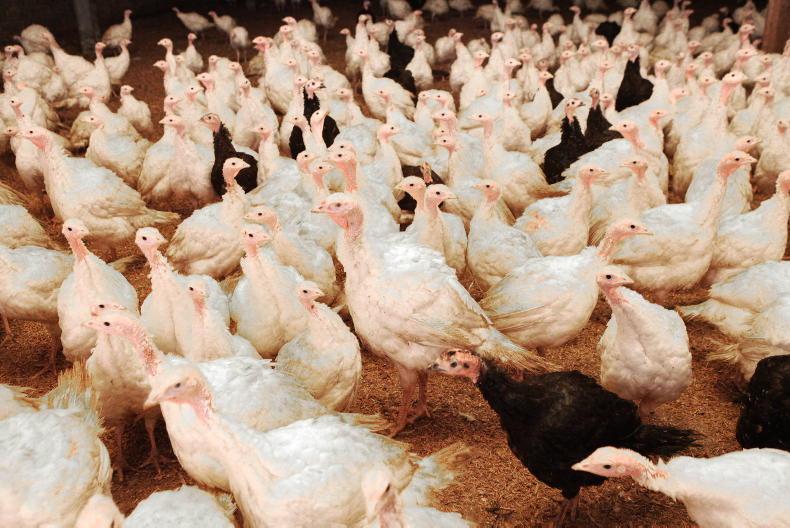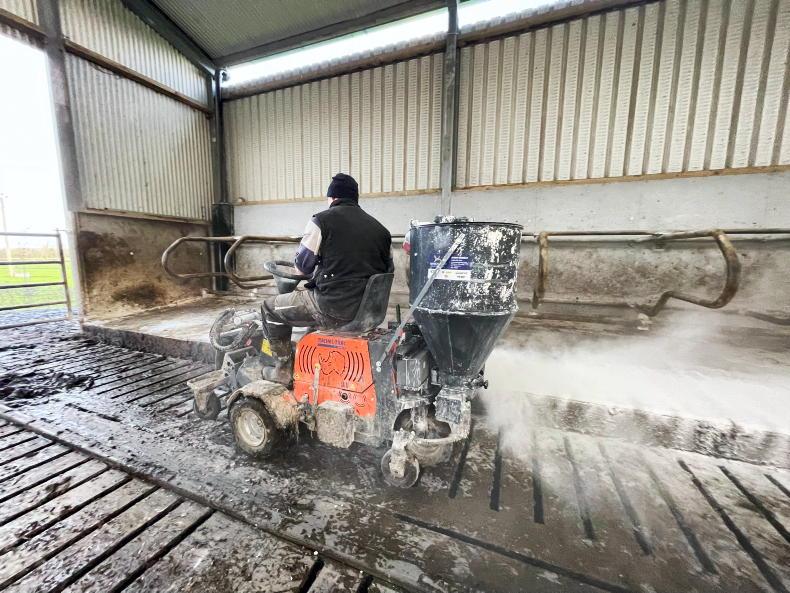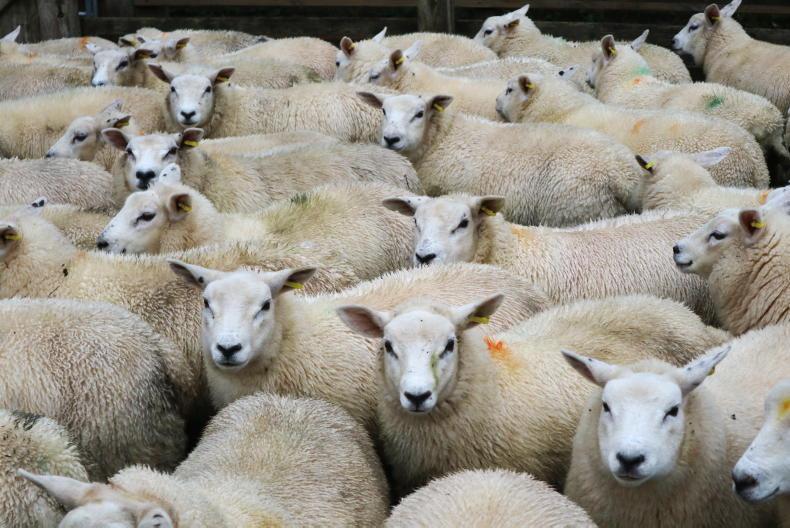Mid-March typically denotes peak lambing. Flocks who started lambing in the second week of March are likely to be ramping up to their greatest level of lambing activity and be under the most pressure at present.
With a favourable forecast for the next few days every opportunity should be taken to get ewes and lambs outdoors and reduce pressure on housing space.
Ewes with young lambs should be let outdoors early in the day to allow the maximum time for animals to get accustomed to their new environment before nightfall. Any jobs such as applying rubber rings for tail docking / castration or tagging / ear notching lambs should be done well in advance of turnout.
Decisions on treatment for liver fluke will depend on previous treatment and how long animals have been housed. On farms with a history of liver fluke where ewes have only been housed temporarily and have not received treatment this year there is likely to be merit in administering a fluke treatment.
If ewes have been housed for eight to nine weeks and treatment is deemed necessary then this opens up the opportunity to use a product that targets just the mature stage of the liver fluke parasite and reduces usage of products that target early immature and immature stages.
Treatment should not be administered for worms unless there is a demonstrated need as this only serves to contribute to developing anthelmintic resistance. A spot treatment programme should be used where, for example, ewes with an underlying health issue or yearling hoggets are concerned.
Identifying potential replacements
Lambing is also the optimum time to select potential replacements for the flock. Ewe mothering ability is a heritable trait with a value of about 6% heritability. Sheep Ireland have plans to include it in their index with the aim of reducing labour input at lambing. Other aspects which should influence decisions is the milk yield of the ewe and the sire from which lambs are born. In this context the aim is to retain lambs from sires with strong maternal traits rather than terminal traits.
This information is readily available in many cases at lambing but will be quickly lost if not recorded. Performance recording via tagging lambs and tracking subsequent performance through software packages provides the greatest potential. However significant improvements in flock performance can still be achieved by identifying potential replacements at birth and marking accordingly so that animals can be easily distinguished at a later date.
Ideally individual lambing pens should be cleaned between each ewe and her lambs which is easier said than done when there is a huge pressure on workload. At a minimum the afterbirth should be removed along with disinfecting and applying a deep layer of straw.
Remember that equipment such as bottles and teats, stomach tubes etc can be a major reservoir for bacteria.
Washing thoroughly with warm soapy water and simple practices such as having a disinfectant solution such as Milton made up for steeping equipment will go a long way in preventing issues.
Mid-March typically denotes peak lambing. Flocks who started lambing in the second week of March are likely to be ramping up to their greatest level of lambing activity and be under the most pressure at present.
With a favourable forecast for the next few days every opportunity should be taken to get ewes and lambs outdoors and reduce pressure on housing space.
Ewes with young lambs should be let outdoors early in the day to allow the maximum time for animals to get accustomed to their new environment before nightfall. Any jobs such as applying rubber rings for tail docking / castration or tagging / ear notching lambs should be done well in advance of turnout.
Decisions on treatment for liver fluke will depend on previous treatment and how long animals have been housed. On farms with a history of liver fluke where ewes have only been housed temporarily and have not received treatment this year there is likely to be merit in administering a fluke treatment.
If ewes have been housed for eight to nine weeks and treatment is deemed necessary then this opens up the opportunity to use a product that targets just the mature stage of the liver fluke parasite and reduces usage of products that target early immature and immature stages.
Treatment should not be administered for worms unless there is a demonstrated need as this only serves to contribute to developing anthelmintic resistance. A spot treatment programme should be used where, for example, ewes with an underlying health issue or yearling hoggets are concerned.
Identifying potential replacements
Lambing is also the optimum time to select potential replacements for the flock. Ewe mothering ability is a heritable trait with a value of about 6% heritability. Sheep Ireland have plans to include it in their index with the aim of reducing labour input at lambing. Other aspects which should influence decisions is the milk yield of the ewe and the sire from which lambs are born. In this context the aim is to retain lambs from sires with strong maternal traits rather than terminal traits.
This information is readily available in many cases at lambing but will be quickly lost if not recorded. Performance recording via tagging lambs and tracking subsequent performance through software packages provides the greatest potential. However significant improvements in flock performance can still be achieved by identifying potential replacements at birth and marking accordingly so that animals can be easily distinguished at a later date.
Ideally individual lambing pens should be cleaned between each ewe and her lambs which is easier said than done when there is a huge pressure on workload. At a minimum the afterbirth should be removed along with disinfecting and applying a deep layer of straw.
Remember that equipment such as bottles and teats, stomach tubes etc can be a major reservoir for bacteria.
Washing thoroughly with warm soapy water and simple practices such as having a disinfectant solution such as Milton made up for steeping equipment will go a long way in preventing issues.










SHARING OPTIONS